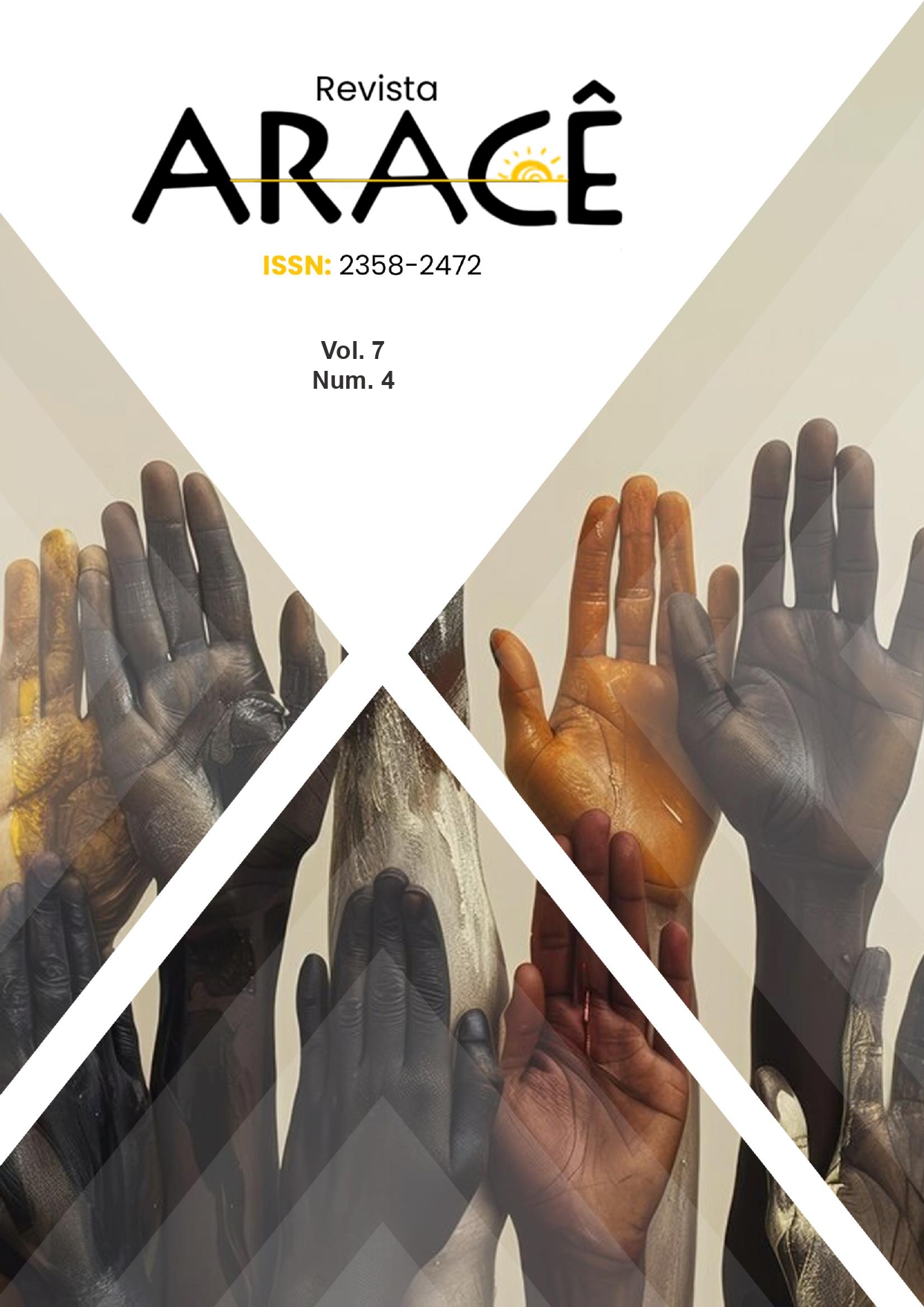INCLUSIVE PHYSICS TEACHING WITH ARDUINO AND COLOR SENSOR
DOI:
https://doi.org/10.56238/arev7n4-264Keywords:
Inclusive education, Teaching of Physics, Experimentation, Arduino, OpticsAbstract
This article is the result of the development of a project of the Institutional Program of Extension Scholarships - PIBEX of the Federal University of Pará, Salinópolis campus. It aims to propose a didactic sequence for High School Physics teachers using an experiment, focusing on facilitating the learning of all students, especially those with visual impairment. The construction of the experiment was based on a prototype called VDV Color Sensor, using 4 Arduino UNO boards, resistors, LEDs and the TCS34725 sensor. The prototype identifies colors and responds with lights and sounds, making the content more accessible. Interviews were also conducted with Physics teachers in the municipality of Salinópolis, Pará, to investigate their training and practices related to the inclusion of students with disabilities. The prototype was effective in identifying colors and responding interactively with lights and sounds, demonstrating potential for inclusion. The interviews revealed that the teachers did not have disciplines focused on inclusion in their initial training and there were contradictions in the answers about experiences with visually impaired students, indicating weaknesses in the preparation of teachers for inclusive practices.






